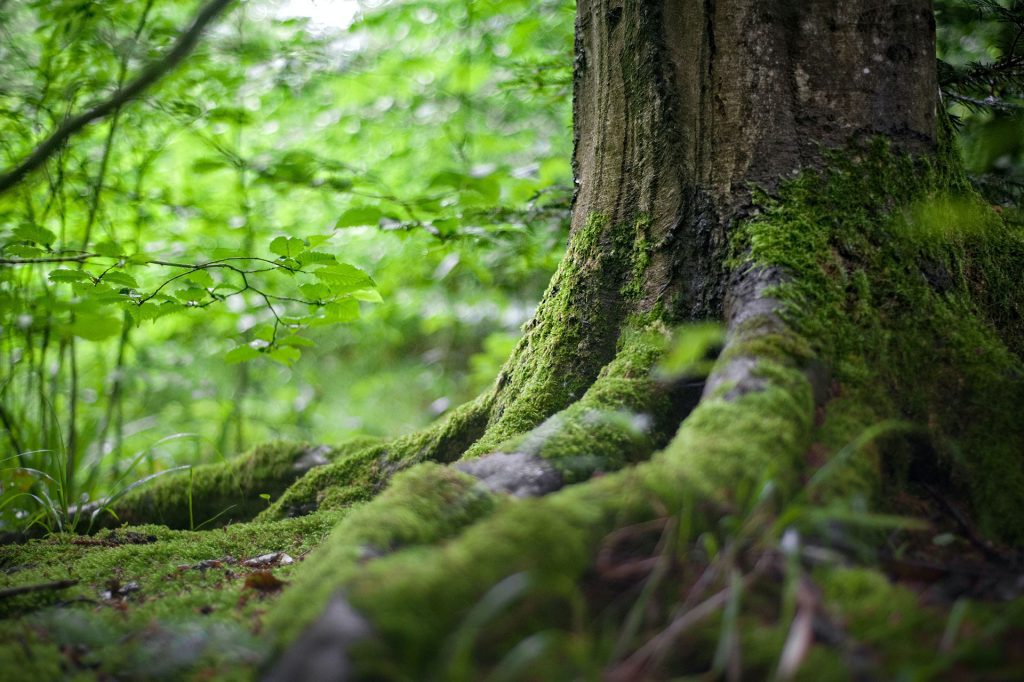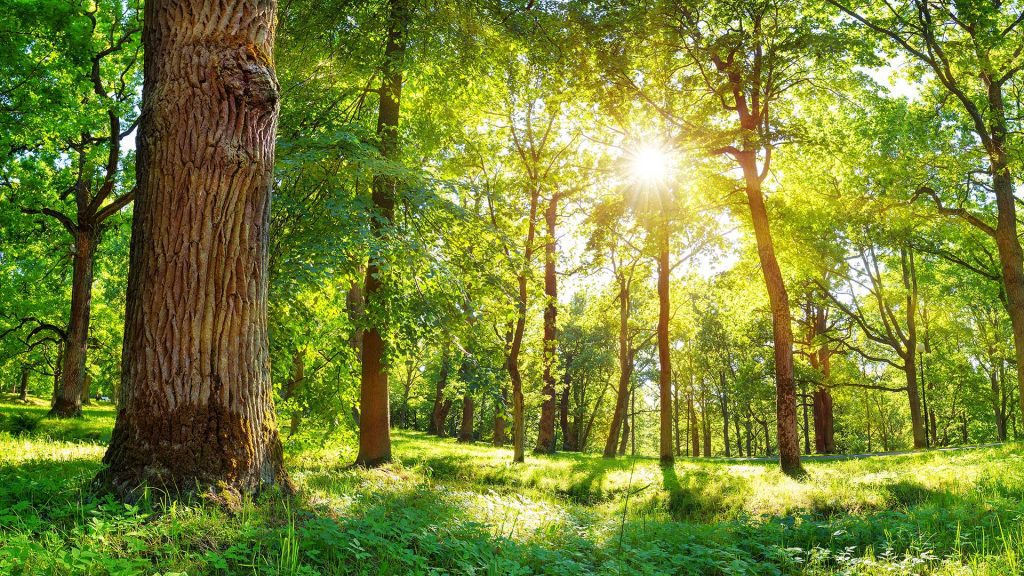Planting Our Future
As Cardiff’s Coed Caerdydd project takes root in the city, here are some of the amazing things you probably didn’t know about trees
Carbon dioxide removal
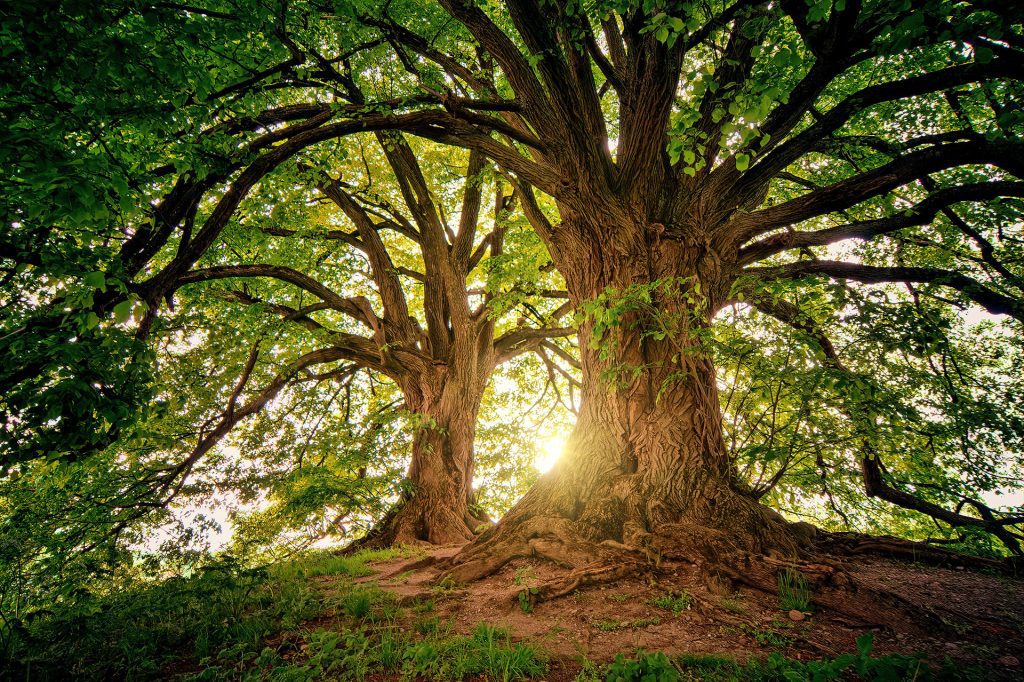
Trees are often referred to as ‘the lungs of the planet’ and for very good reason – they absorb and store huge amounts of carbon dioxide – almost one-third of the carbon dioxide released from burning fossil fuels every year. That’s around 2.6 billion tonnes!
The entire woodland ecosystem plays an important role in locking up this carbon for centuries. They are the ultimate carbon capture and storage machines.
Wildlife
In the UK alone, oak trees support over 30 different types of mammals, while the common hawthorn can support up to 300 different types of insects. The RSPB also say that more than 500 invertebrates feed on birch trees. And that’s even before you begin to count the huge number of birds that use the trees for their homes and food sources. The UK has lost 13% of its native species abundance since 1970, leading to a loss of wildlife.
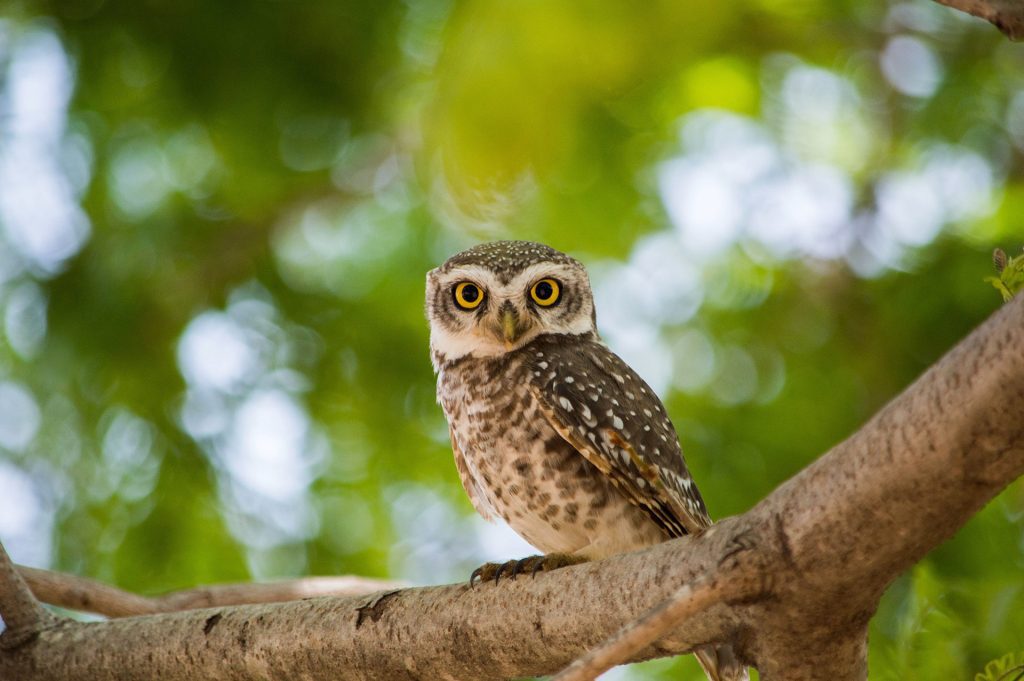
Trees speak to each other
Trees may seem like inanimate objects but they do in fact communicate with each other. Scientists have proven that some trees send airborne chemical signals to each other to warn them of a possible insect attack.
These airborne signals can even convey information outside the plant kingdom. Some have been shown to attract predators and parasites that kill the insects that are attacking the tree. A 2013 study found that apple trees that were under attack by caterpillars released chemicals that attracted caterpillar-eating birds.
The underground ‘internet’
Sometimes referred to as the wood wide web, trees are able to communicate with each other using a huge underground network of fungi.
Technically known as the ‘mycorrhizal’ network, the trees and the fungi work with each other to share nutrients and even messages with each other via the network.

If one tree is under attack from insects, it can warn other trees in the network about the attack, and they can then adjust their defences accordingly.
Mycorrhizal plants are often more resistant to diseases since the shared information via the network allows trees to trigger their immunity defence.
They help stop flooding
Many of our mature trees consume vast quantities of water, which comes in handy for low-lying areas that are prone to heavy downpours or persistent rain.
A single mature oak is able to transpire more than 40,000 gallons of water in a year—meaning, that’s how much flows from its roots to its leaves, which release water as vapour back into the air.
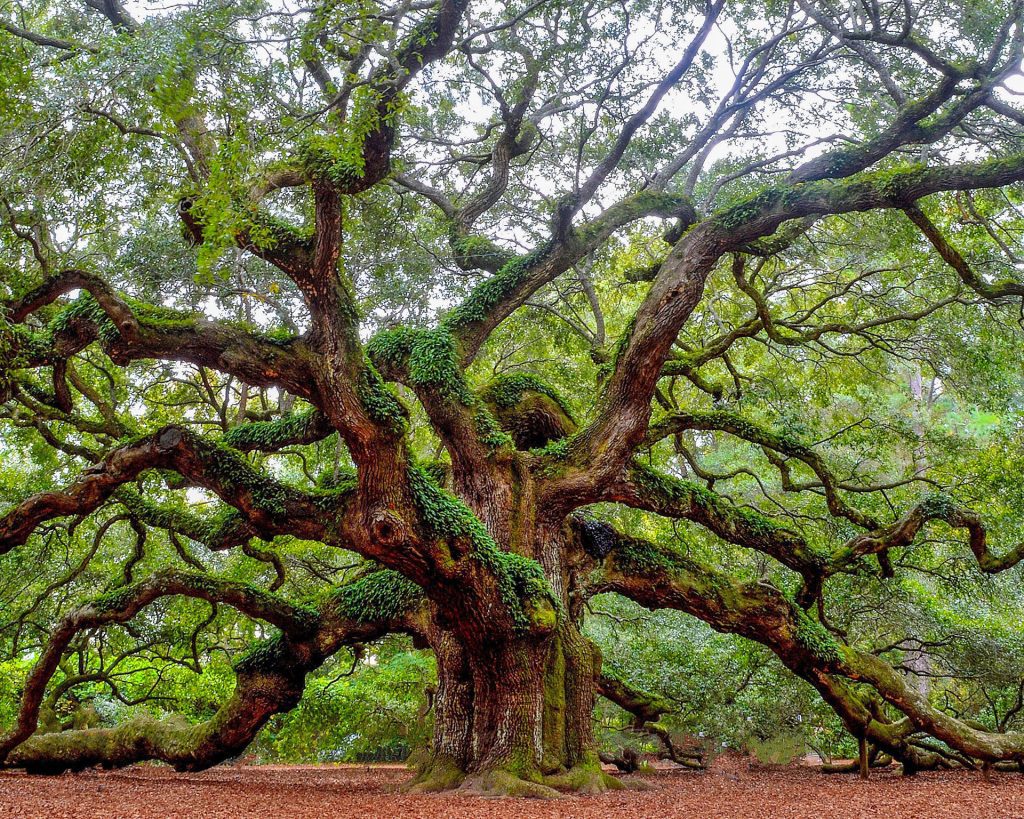
They help our mental health
It’s likely that a walk through a forest of trees will make you feel better – and there’s a scientific reason for that.
Trees emit phytoncides to ward off potential threats. When we inhale these, it reduces our cortisol levels (the stress hormone) and boosts our immune system. This helps us deal with stress in calmer and more productive ways.

Trees can grow very old
The oldest individual tree in the world is thought to be in the United States, where a Great Basin bristlecone pine in California’s White Mountains has been aged at more than 5,000 years old.
Trees can live anywhere from less than 100 years to more than a few thousand years depending on the species. Ancient trees, meaning that they have passed maturity and entered the third and final stage of their lifespan, are a vital part of the UK environment.
Trees are good for the soil
Soil is essential to life on earth. Some species of trees provide habitat for bacteria and fungi in their root structure. These organisms perform nitrogen fixation, which is a significant factor in soil fertility.
Trees also recycle important nutrients by drawing them up from the deeper layers of the ground and bringing them up to the surface. The decomposition of leaf and plant litter also form soil organic matter.
Tree canopies can also trap varying amounts of nutrients from the atmosphere, a source of free fertilizer which is washed from the leaves to the soil by the rain.
